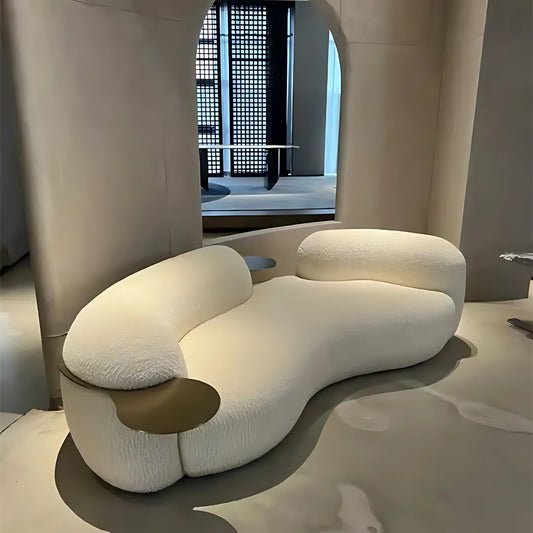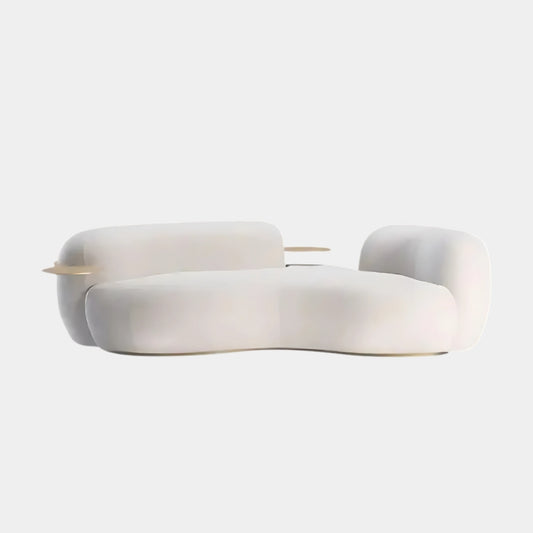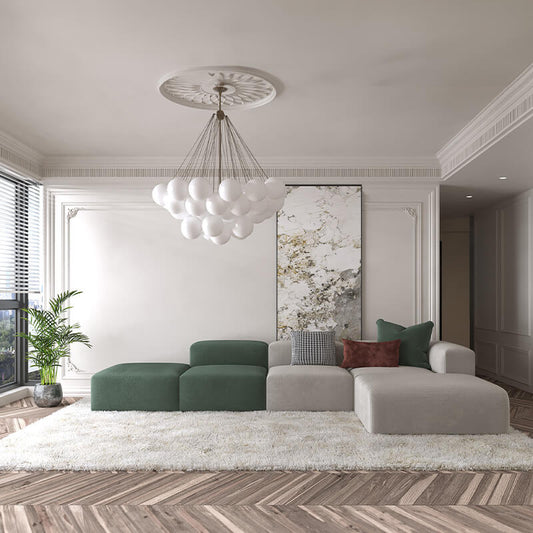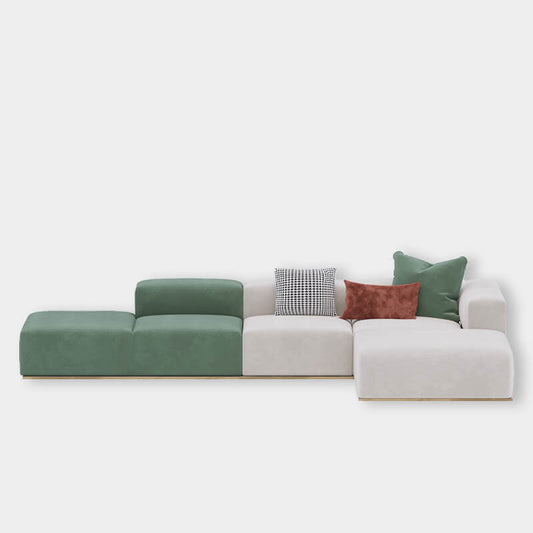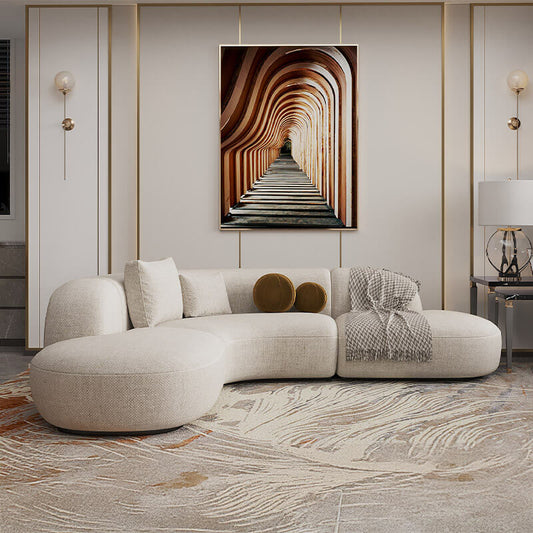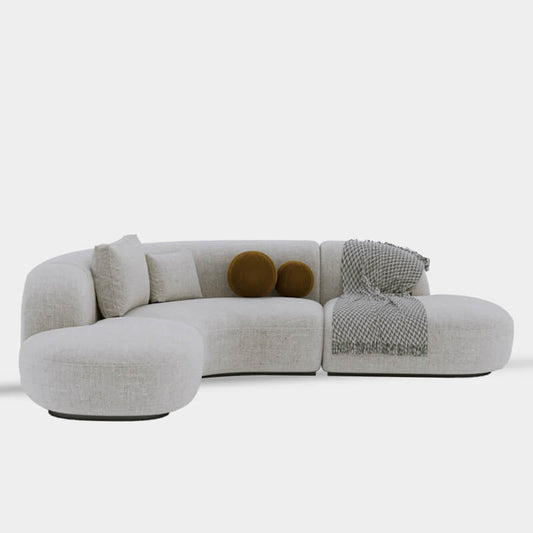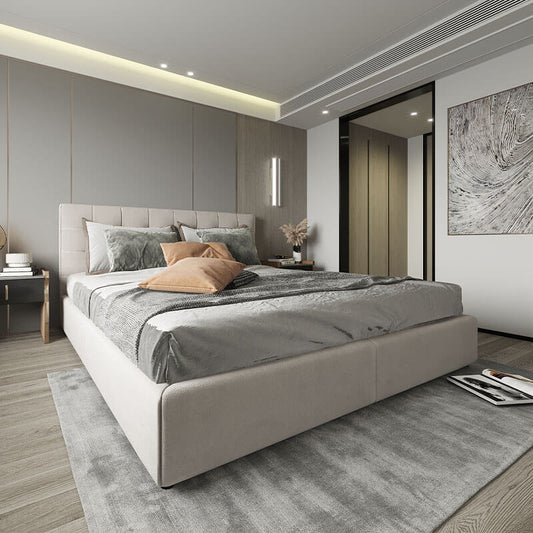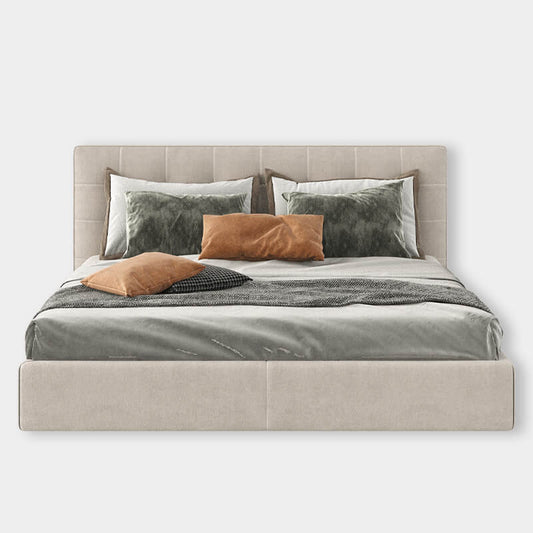A common perception of interior design is that it combines art, individual expression, and practicality. But over the years, a number of myths have crept into mainstream home decor advice—some of which might be sabotaging your design goals without you even realizing it. Whether you're redesigning your entire home or just sprucing up a single room, it's time to debunk some of the most persistent interior design myths.
In this blog, we’ll bust 10 common interior design myths and offer practical, stylish alternatives that work. So let’s clear the confusion and help you create a space that’s both beautiful and functional.
1. Myth: Small Spaces Should Only Use Small Furniture

Reality: This is one of the most damaging misconceptions in small space design. While it may seem logical to use small furniture to make a space feel less crowded, it often has the opposite effect—making the room look cluttered and cramped.
Design Tip: Incorporate one or two larger, statement pieces (like a sectional or a tall bookshelf) to ground the room and create the illusion of spaciousness. Focus on multi-functional furniture like ottomans with storage or wall-mounted desks.
2. Myth: Dark Colors Make Rooms Look Smaller

Reality: While dark colors do absorb more light, they can actually add depth, warmth, and drama to a room when used correctly. Dark hues can make a space feel cozy and sophisticated.
Design Tip: Use dark colors on accent walls or furniture and pair them with good lighting and reflective surfaces like mirrors or metallics.
3. Myth: Everything Has to Match

Reality: Perfectly matching furniture and decor can make a room feel sterile or overly curated. A well-designed space includes a mix of colors, textures, and styles.
Design Tip: Mix vintage with modern, pair leather with linen, or contrast glossy finishes with matte. This layered look adds personality and dimension.
4. Myth: White Is the Best Way to Make a Room Feel Bigger

Reality: While white walls can reflect more light, they aren’t the only solution. Pastels, cool tones, and even some bold shades can also open up a space.
Design Tip: Try soft blues, light grays, or muted greens for a fresh, airy vibe.
5. Myth: Ceilings Must Always Be White

Reality: The ceiling is often called the "fifth wall," and leaving it white by default means missing out on a huge design opportunity.
Design Tip: Paint your ceiling in a soft complementary color, go bold with wallpaper, or use wood paneling to add character.
6. Myth: Open Floor Plans Work for Everyone

Reality: Open floor plans are trendy, but they’re not always practical. Lack of privacy, noise issues, and heating/cooling inefficiencies are real concerns.
Design Tip: Use rugs, furniture arrangements, or partial walls to define different zones in an open-plan space for better functionality.
7. Myth: Interior Design Is Expensive

Reality: Great design doesn’t have to come with a hefty price tag. You can update your area on a budget with careful planning, imagination, and a little do-it-yourself work.
Design Tip: Shop secondhand, upcycle furniture, and focus on impactful changes like lighting, paint, and textiles.
8. Myth: Wallpaper Is Outdated

Reality: Modern wallpaper is back—and better than ever. With options like peel-and-stick and contemporary patterns, wallpaper has become a go-to for adding style without commitment.
Design Tip: Try a bold wallpaper on a single accent wall, inside bookshelves, or even on the ceiling.
9. Myth: You Need a Pop of Color in Every Room

Reality: While color can energize a space, not every room needs a bright accent. Neutral and monochromatic environments might have an equal impact.
Design Tip: Focus on layering textures, patterns, and materials to add visual interest in neutral-toned rooms.
10. Myth: Keeping up with trends is the best way to remain fashionable.

Reality: Although trends change, your house should represent your individuality and way of living. Following every new trend can lead to a space that feels chaotic or inauthentic.
Design Tip: Mix timeless pieces with a few trend-inspired accents. Stay true to your aesthetic and invest in things you truly love.
Final Thoughts

The world of interior design is full of outdated rules that no longer serve today's dynamic lifestyles. Whether you’re a fan of modern minimalism, boho chic, or industrial home decor, the most important thing is to create a space that feels uniquely yours.
By challenging these common interior design myths, you'll gain the freedom to explore bolder, more creative choices in your home decor journey. Remember, the best design is not only about aesthetics but also about how a space functions and feels.





